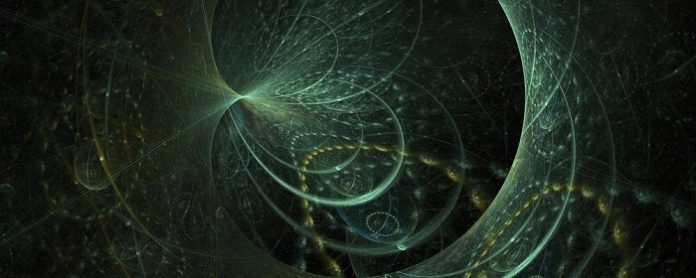Quantum mechanics can be used to create more stable and more easily produced organic solar cells. These are the findings of new research from the University of Gothenburg.
Organic solar cells have many advantages compared with traditional silicon-based solar cells. They can be manufactured cheaply on a large scale using printing presses, and they are light, malleable, and flexible. The problem is that today’s organic solar cells are not as stable and effective as silicon-based solar cells. In a new study, a research group has taken on this problem and found a way that can lead to more cost-effective solar cell technology.
There are excellent opportunities for utilizing quantum efficiencies to change different chemical and material characteristics. In this study, we present a method that makes it possible to increase the diffusion of energy in organic materials. This allows us to create organic solar cells with a simpler structure.
Coupling matter and light
Basically, this is about making sure the energy in the solar cells is effectively transferred to the right place. Organic solar cells contain two materials, and the absorbed energy from the sun needs to be diffused—to travel—to the interface between the materials. But diffusion is an ineffective process since the energy travels slowly and risks being lost as heat before it reaches this interface. The solution has been to blend the two materials in solar cells to reduce the distance and so the energy reaches the interface more quickly. Unfortunately, this also leads to the solar cells not being in thermodynamic equilibrium, making the design less durable over time than it could be.
The researchers show that the new method allows the energy to be transferred over a longer distance, which means that the complicated blending of materials in solar cells can be avoided. The key behind the method is quantum effects, where light and material are combined into hybrid light-matter states.
When we couple light and matter strongly, the energy is spread out over the entire system. If the system—as in this case—consists of multiple materials, the energy can be channeled to the interface. The study shows that the energy travels faster to the interfaces when the materials are strongly coupled. This means that the materials in solar cells do not need to be physically blended since they are blended at the quantum level. This also leads to the system being in thermodynamic equilibrium.
Solar cells with a simple layered structure
According to Börjesson, the discovery can influence how organic solar cells are manufactured, since it becomes possible to increase their durability while the solar cells can be made with a simple layered structure. He also notes that the research is really an outgrowth of a concept already found in nature.
“Nature uses strong coupling between molecules to effectively transfer solar energy in photosynthesis. In principle, we have shown that the same basic concept can be applied to organic solar cells”, said the researchers.








